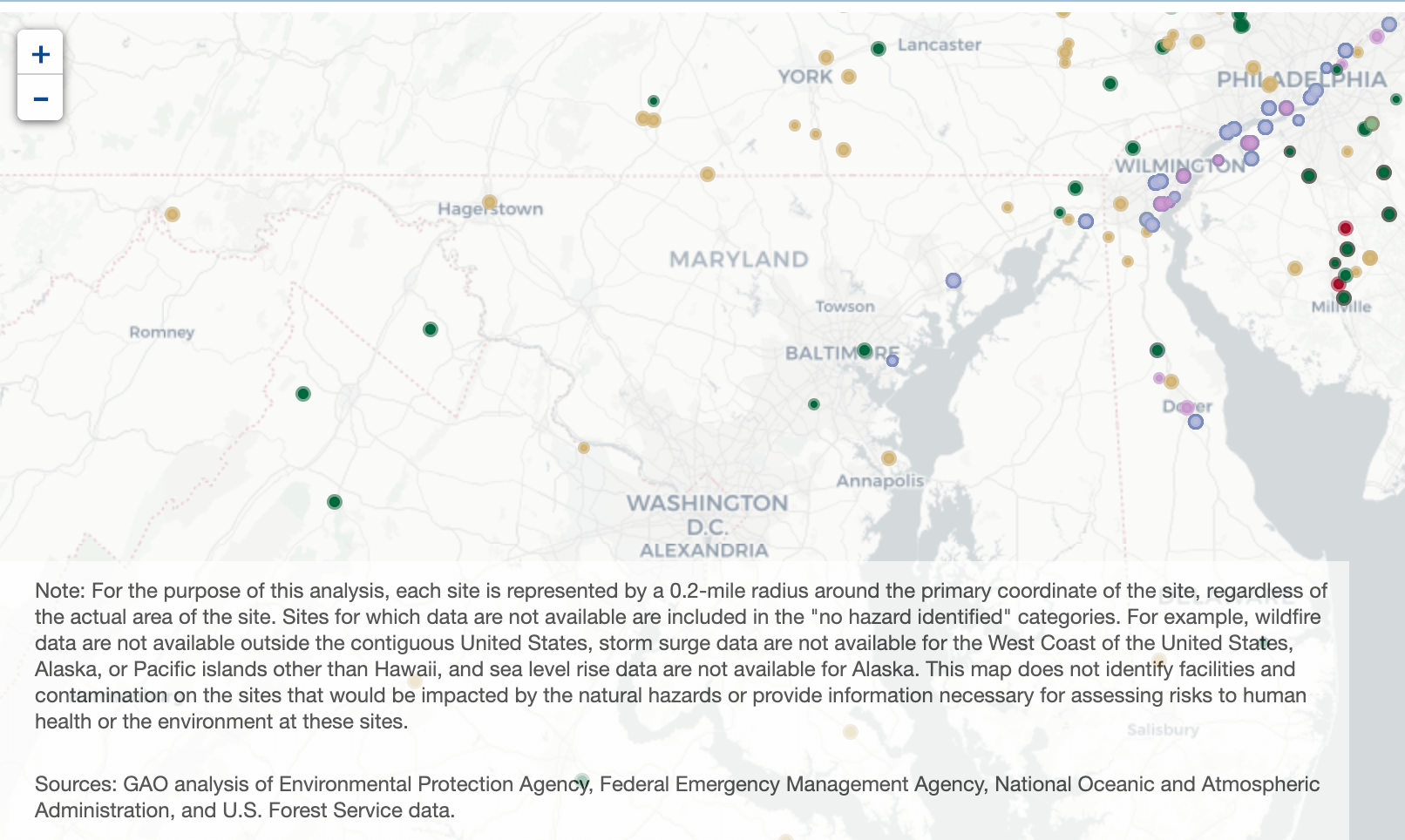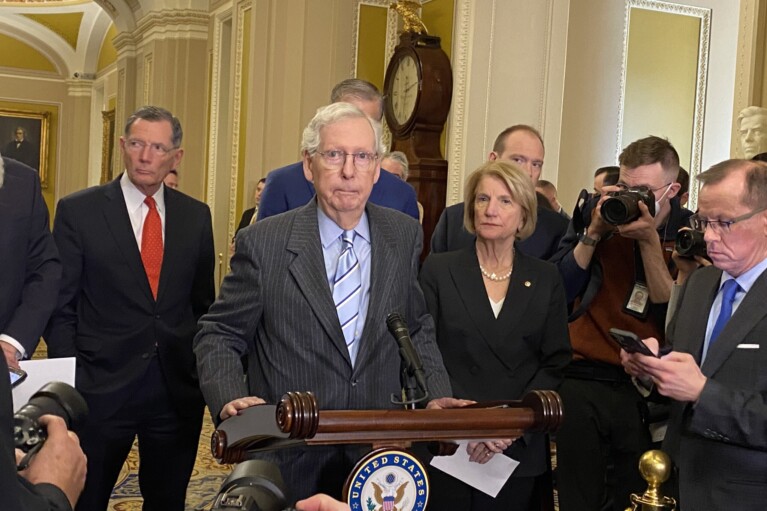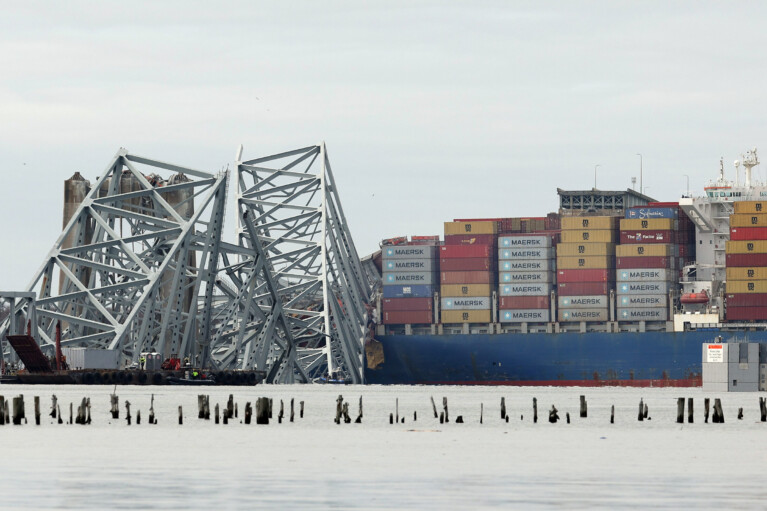7 Md. Superfund Sites Threatened by Climate Change — Watchdog Agency

Seven of the most contaminated sites in Maryland are in areas that could be vulnerable to the impacts of climate change, according to a report from a government watchdog agency.
The Government Accountability Office (GAO), an independent agency that works for the U.S. Congress, assessed how impacts of climate change — including flooding, storm surge, wildfires and sea level rise — might impact some of the most dangerous hazardous waste sites around the country. The agency looked at 1,336 “active” sites on the Environmental Protection Agency’s National Priorities List and 421 sites where EPA had determined no further cleanup was needed.
Nationwide, about 60% of those sites are located in places that might be impacted by the effects of climate change, the report found. GAO looked only at non-federal sites, which means the agency excluded the roughly 10% of Superfund sites owned or operated by the federal government.
In Maryland, seven of the sites surveyed and analyzed by GAO are in areas deemed vulnerable to sea level rise, storm surge or flooding. The agency looked at 13 active and deleted sites in the state.
For instance, the Bush Valley Landfill site in Abingdon, in Harford County, is vulnerable to sea level rise, storm surge and flooding, GAO found. The Kane & Lombard Street Drums site — an 8.3-acre abandoned, unpermitted dump in Baltimore — is at risk of flooding.
The other vulnerable Maryland sites are Mid-Atlantic Wood Preservers, Inc. in Harmans, in Anne Arundel County; Sauer Dump in Dundalk; Dwyer Property Ground Water Plume in Elkton; Ordnance Products, Inc. in North East; and Spectron, Inc. in Elkton.
GAO warned in its report that the impacts of climate change could pose risks to public health by spreading pollution from such sites. The agency pointed to the aftermath of Hurricane Harvey in 2017, when an unprecedented amount of rainfall dumped on Houston, damaging Superfund sites and releasing toxic materials.
According to GAO, EPA’s strategic plan from 2018 to 2022 “does not include goals and objectives related to climate change or discuss strategies for addressing the impacts of climate change effects.” EPA officials interviewed by GAO said that the agency doesn’t always include climate change when it’s assessing risks at Superfund sites.
Under the Trump administration, the EPA has rolled back many of the Obama administration’s policies to address climate change by curbing greenhouse gas emissions.
The Trump EPA told GAO it believes the Superfund program adequately considers the risks of severe weather events.
Maryland Sens. Chris Van Hollen and Benjamin L. Cardin joined other Democratic lawmakers in the U.S. House and Senate to send a letter to EPA Administrator Andrew Wheeler on Monday expressing concern over GAO’s findings and over EPA’s response.
“We believe that EPA’s refusal to implement GAO’s recommendations could result in real harm to human health and the environment as the effects of climate change become more frequent and intense,” the lawmakers wrote. They asked EPA to answer a series of questions by next month about how it plans to address the risks climate change poses to Superfund sites.



 Creative Commons Attribution
Creative Commons Attribution